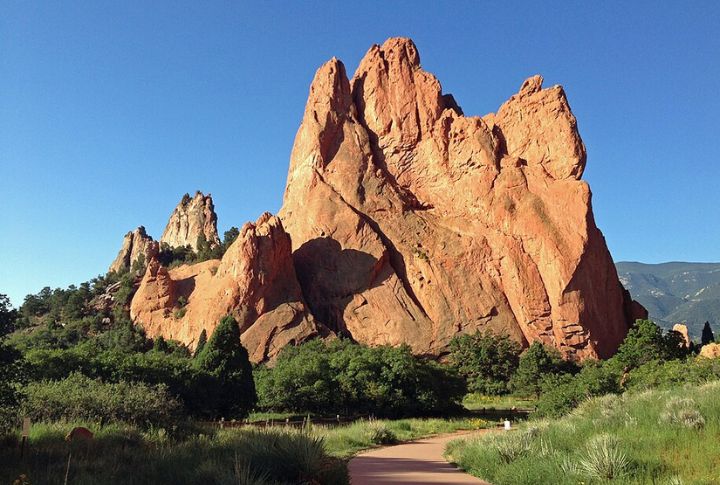
The Manitou Cliff Dwellings look like a snapshot of ancient Pueblo life, but appearances deceive. What thousands of visitors don’t realize is that these structures weren’t built here—they were reconstructed using stones from McElmo Canyon. Here’s the real story behind one of Colorado’s most cleverly staged attractions.
McElmo Canyon Origins
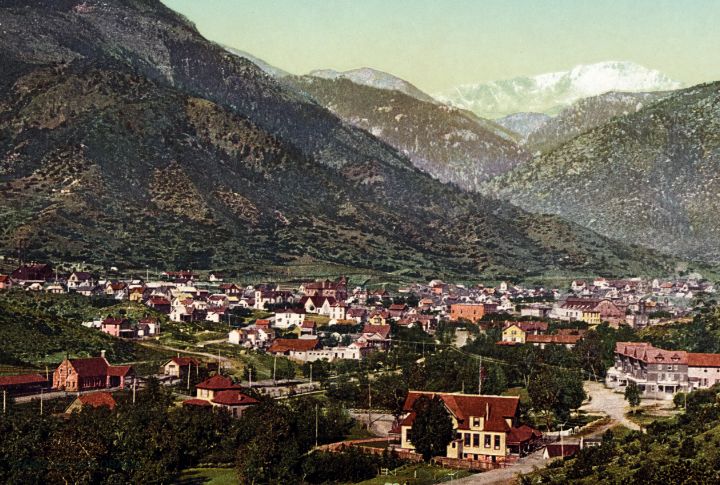
The structures now seen in Manitou Springs were built using stones from McElmo Canyon, not Mesa Verde. In the early 1900s, a team moved materials from ancestral Puebloan sites and rebuilt them to attract tourists. While technically historic, the display is more theatrical replica than cultural preservation.
Mesa Verde National Park
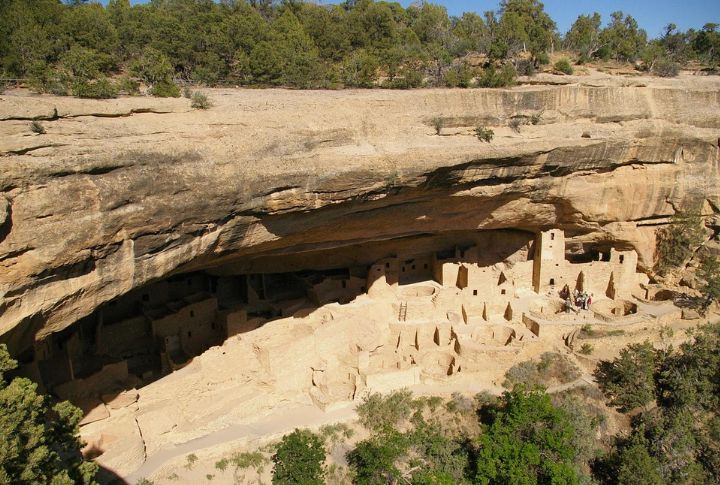
Often confused with the source of the Manitou site, Mesa Verde’s real cliff dwellings remain intact in southwestern Colorado. This protected park preserves over 600 ancient homes carved into rock faces—nothing was relocated from here. Mistaking Manitou for Mesa Verde only deepens the myth around its supposed authenticity.
Manitou Cliff Dwellings
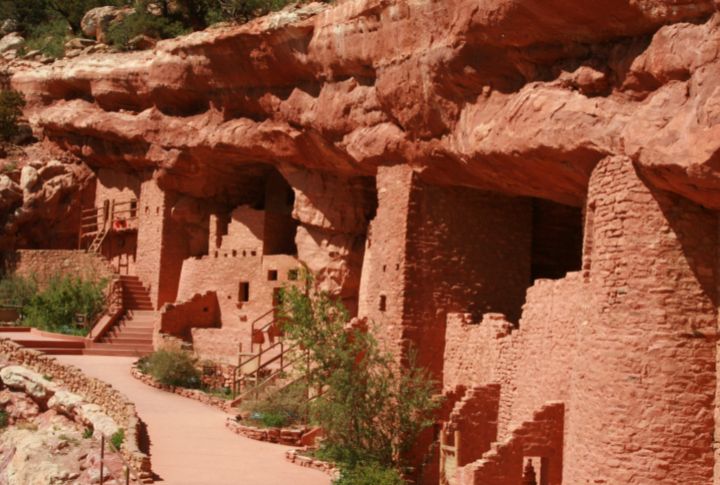
The dwellings weren’t carved into cliffs—they were built into a rock alcove for visual effect. Using relocated stones, developers arranged them to resemble ancient structures. Though marketed as preserved history, the site is a curated facsimile meant to evoke the past rather than represent its real architectural integrity.
McElmo Canyon

Before becoming a construction source, McElmo Canyon was part of the thriving Puebloan cultural corridor. In the late 1800s, settlers and archaeologists began dismantling ancient walls in the name of preservation. In truth, these removals disrupted sacred sites, fragmenting cultural heritage for display rather than conservation.
The Manitou Springs Museum

Artifacts displayed here are labeled Ancestral Puebloan, and while some are genuine, most were acquired during a time when removing sacred items was legal but disrespectful. The exhibits rarely offer cultural context or Indigenous perspectives, leaving visitors with a fragmented view of the people they claim to represent.
The Cliff House At Pikes Peak
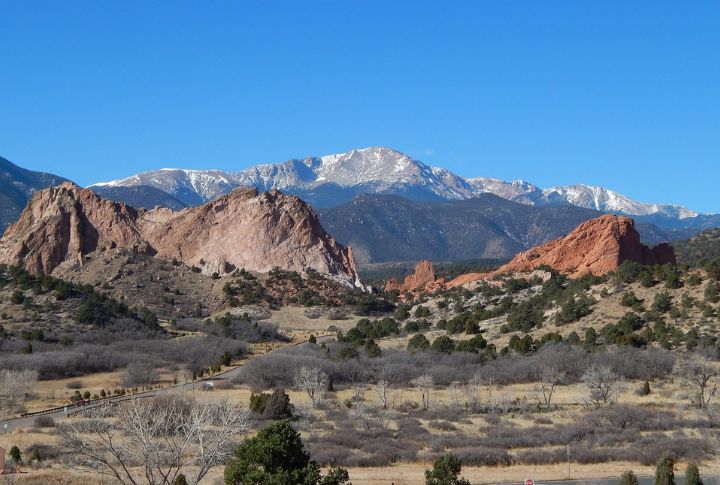
Opened in 1874, the Cliff House helped shape Manitou Springs as a romanticized Old West escape. It welcomed guests drawn by nearby attractions, including the staged cliff dwellings. Though elegant and historic, the hotel played a key role in turning real Indigenous history into curated entertainment.
Garden Of The Gods
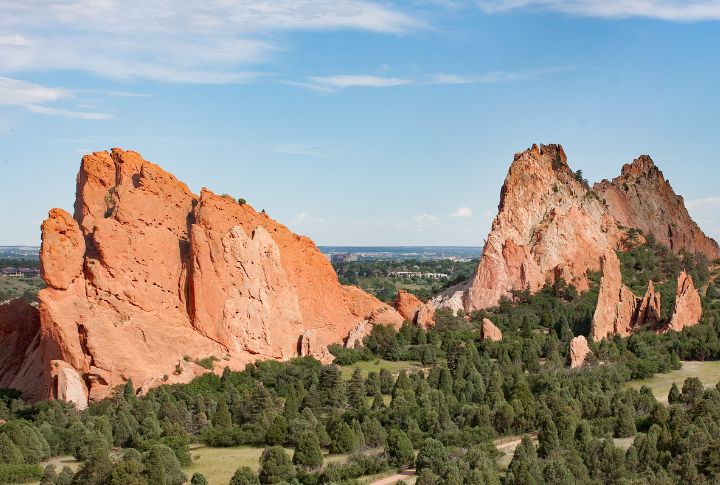
A short drive from the Cliff Dwellings, this natural landmark draws tourists with towering red rocks. But most official tour materials ignore the site’s spiritual meaning to Indigenous tribes. Like Manitou, it’s presented as wilderness to explore instead of a place with deep cultural roots still relevant today.
Anasazi Museum

Part of the Cliff Dwellings complex, this museum uses dioramas and re-creations to illustrate ancient Pueblo life. But its outdated displays and continued use of the term “Anasazi”—a Navajo word meaning “ancient enemy”—reflect early 20th-century attitudes, not the respectful education modern visitors should expect.
Ute Pass

Long before cars traveled through, the Ute used this route seasonally for trade and migration. That Indigenous presence is rarely highlighted in tourist materials. Instead, attractions like the Cliff Dwellings draw attention away from the area’s original stewards, whose history is tied to the land far beyond what’s marketed.
The Trading Post
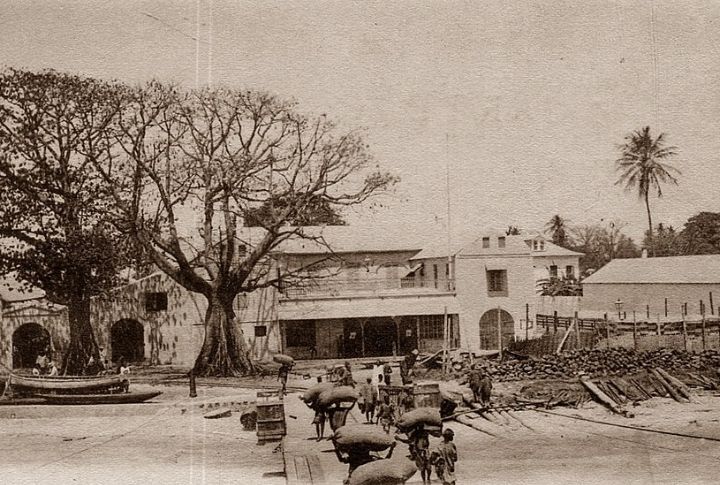
Styled to resemble an old frontier shop, the gift store sells souvenirs and Native-inspired goods. However, most items are factory-made and disconnected from the cultures they imitate. It’s a familiar theme: aesthetics over authenticity, profit over heritage. The experience prioritizes themed decor over cultural respect.
Manitou Springs Itself

Once revered by the Ute for its mineral springs, the town became a health resort and later a tourism hotspot. The Cliff Dwellings were part of a larger push to capitalize on interest in the “Old West.” Over time, the area’s deeper Indigenous identity was pushed aside to suit commerce.
